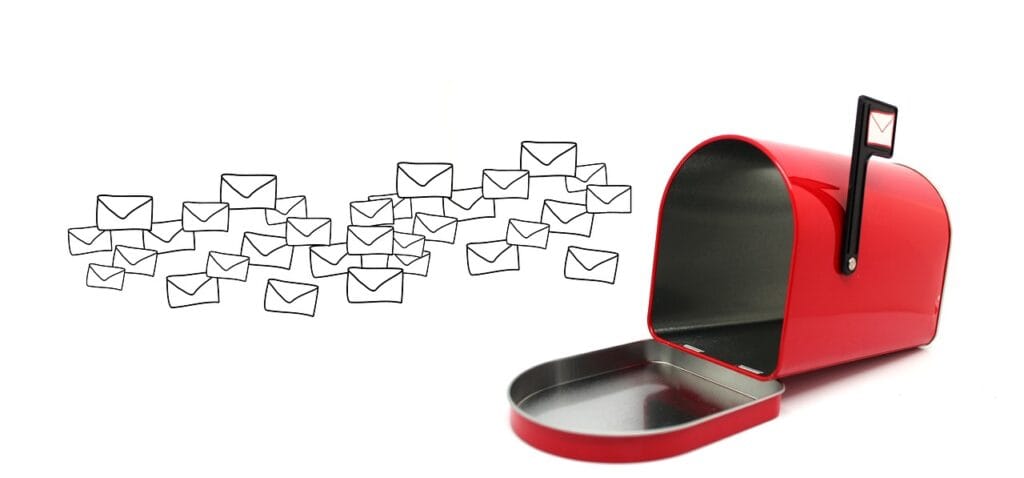AI-Powered Advertising Techniques

The advent of Artificial Intelligence (AI) in marketing has brought revolutionary changes to the marketing landscape, with businesses leveraging its capabilities to improve ad targeting, optimize campaigns, and deliver personalized experiences. This article delves into the transformative role of AI-Powered Advertising Techniques , the tools powering this shift, and how businesses can address challenges like […]
AI-Powered Personalized Email Marketing

Email marketing remains one of the most effective tools for businesses to engage with customers and build brand loyalty. However, as inboxes become increasingly crowded, creating unique, targeted, and relevant campaigns is a growing challenge. Artificial intelligence (AI) offers a transformative solution by enabling personalized email marketing campaigns that resonate with individual customers. This article […]

